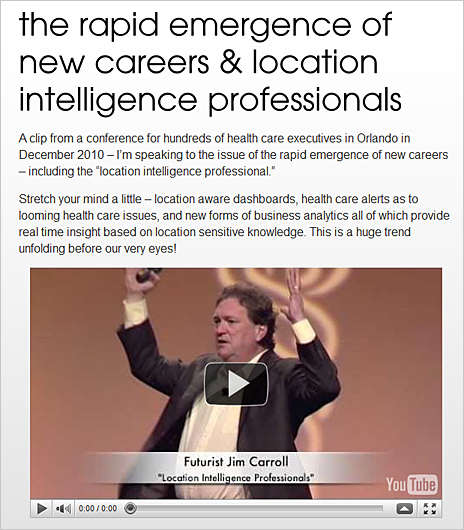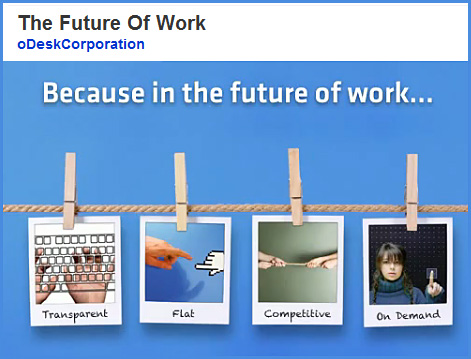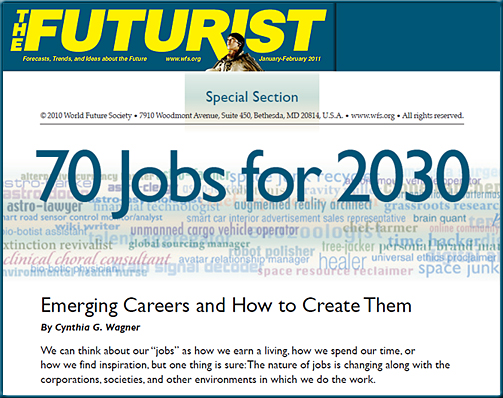VC firm eyes college entrepreneurs with Summer Incubation Program — from Mashable
The Emerging Skills of Tomorrow’s Journalist — from Mashable.com by Sharon Feder
Kauffman Labs for Enterprise Creation: The 2011 Education Ventures Founders
Following are profiles of the twenty-five aspiring entrepreneurs selected to participate in the inaugural class of the Kauffman Labs Education Ventures Program. These founders will be immersed in an intensive, hands-on program designed to catalyze the creation of high-growth companies to generate thousands of jobs with dramatic economic benefits in the education sector.
My thanks to Mr. Joseph Byerwalter for the above link.
.
Also see:
and
and
.
From DSC:
Talk about a video-based resume! Wow!
Simple tools for digital classroom — from November Learning by guest blogger Geoff Gevalt
The hardest thing for teachers to do is make the transition from paper and pencils to online media: Not enough computers, not enough knowledge, not enough time and a whole new way of doing things. We work with hundreds of teachers in the same situation and we offer this advice:
- Take small steps.
- Find a couple of tech-savvy kids in each of your classes to help.
- Explore the digital world on your own.
- Seek out people in the school or in professional development spheres to mentor you.
- Don’t be afraid to fail.
- Don’t be afraid if you don’t have all the answers – your kids will help.
Teacher Knowledge — Exploring, a few links…
Creating an Interactive Portfolio with InDesign — from Layers Magazine by Terry White
From DSC:
Below is a link to an article at USA Today — as well as a few graphics — to demonstrate the increasingly important requirement (nowadays) to constantly reinvent yourself and to stay marketable. Just as organizations need to do this, each of us as individuals in charge of our own careers need to do this.
.
.

.
.

The 50 Best Careers of 2011 — from U.S. News by Alexis Grant
Consider these high-opportunity jobs as you look for your next paycheck
From DSC:
Actually, I post this with some hesitation…as what is a “best” career for you may be entirely different from what constitutes a “best” career for someone else. Rather, I recommend to you younger folks that you earnestly seek to identify your passions and run with them! Don’t go by what others say will make you lots of money. Ask the LORD to help you identify the gifts, talents, and abilities that He gave to you — then ask Him for opportunities to pursue those things.
However, I realize many of you will not pursue that course of action — so if you want to know which careers have some solid demand building up behind them, then go ahead and check out the article. Just don’t be afraid to take a right turn later on.
eLearning predictions for 2011 and beyond — from Web Courseworks.com by Jon Aleckson
Excerpts:
This summer I attended the 2010 Distance Teaching and Learning Conference in Madison, Wisconsin. Some very interesting topics came up in the facilitated Think Tanks, and I wanted to share some of the predictions that were developed from these active group discussions regarding where eLearning will go in the next ten years.
…
Below you will find a table that summarizes the different opportunities and challenges that were predicted to arise in the next ten years by the participants in the conference Think Tanks and by [Jon Aleckson].
| Opportunities | Challenges | |
| Learner |
|
|
| K-12 Instruction |
|
|
| Corporate Training |
|
|
| Content |
|
|
| Learning Environment |
|
|
| Faculty |
|
|
| Administration & Management |
|
|
| International Perspectives |
|
|



















